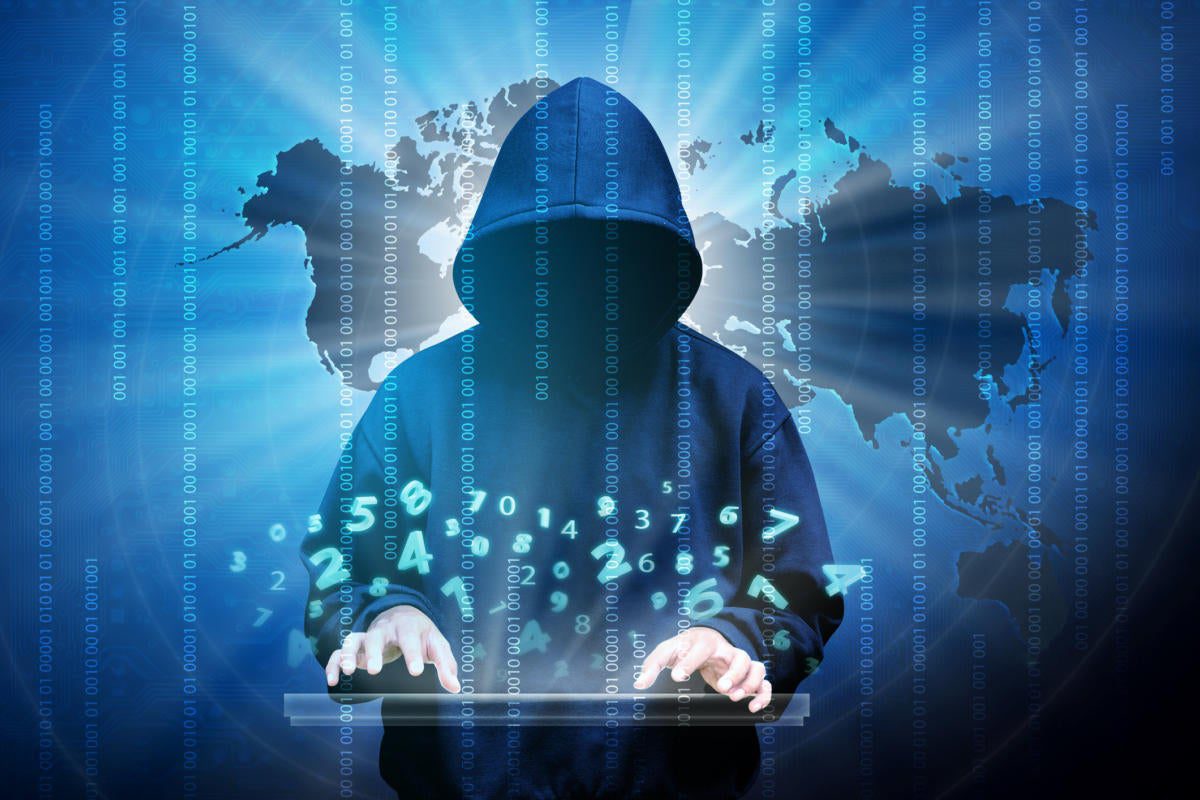It’s worthwhile for organizations to establish why the ever-changing cyber threat terrain remains a challenge.
As the new year rolls in, it has promptly become evident that the cyberthreat landscape that the pandemic brought in has continued to intensify. Given, many workers continue to work at home, scattered workforces continue to spread the company’s networks and security borders far beyond their offices and traditional security strategies.
Hence organizations need to ascertain why the changing cyberthreat landscape persists as a challenge. We all understand from our newly revised CISOs under the spotlight research that the basic cybersecurity hygiene measures are accorded vigilance and that knowingly employees take risks online.
Although they know the threats involved. However, we also know that there’s slight opposition to considerable security measures, as long as they don’t interfere, and that coaching is a crucial part of boosting the human firewall.
Nonetheless, the massive advancement of security threats, ranging from email scams, malicious botnets, ransomware to brute force attacks, keeps haunting systems integrators, telcos, and organisations as well. Similarly, the need to boost cybersecurity standards and protect against smart persistent threats remains critical.
Systems integrators and Telcos are under substantial pressure from security threats such as ransomware, email scams, malicious botnets, and brute force attacks. At the same time, their clients depend on them to offer innovative cybersecurity programs to allow them to future-proof their digital infrastructure throughout the globe.
This is worsened by the fact that the pandemic propelled digital transformation forward by many years, according to McKinsey. Digitalization has shifted from being a serious consideration to being a fundamental requirement for doing business. The migration to the cloud is now a crucial part of enabling laborers to work remotely, and thus an important part of business continuity in the current unpredictable times. However, this 24/7 connectivity requires to be secure.
In addition to this, the scarcity of cybersecurity skills and the mere scope of the threat terrain, it’s evident that in-house expertise is being protested as never before. Likewise, there is an inevitable and always complex regulatory environment that requires to be taken into account.
In reaction to these daunting needs, many telecom resellers and systems integrators alike are looking to a collaborative cybersecurity services model to assist them.
Providing a collaborative cybersecurity services model is not a simple task, although it is achievable. It involves consideration of current investments, the desire for flexibility, trust, as well as risk management.
Regarding existing investments, no doubt, consumers expect to get the most from their current assets. Investors in Security Operation Centres will like to use them. Nonetheless, they should ponder outsourcing volume activities that don’t require insight to lessen the load on their analysts. Similarly, businesses that have invested in firewall surveillance may want to outsource developed threat detection to get up to speed faster in areas such as threat hunting.
The need for flexibility, both operationally and commercially – is another main consideration. Operationally, the current threat terrain means that organizations and their vendors, as well as partners, have to be a lot more proactive, particularly when handling the fallout from high-end attacks, like SolarWinds. There must be clear agreements in place to outline who’s doing what in calm times, and when crises unfailingly manifest.
Managing risk is another main consideration. Some of the strategic technology decisions made during the pandemic, such as engaging new vendors to address a particular need, led to an increase in risk that security teams must now contend with. The more vendors that are introduced into a service model, the more complex it becomes to consistently apply policies.
The two main levels in terms of managing risk are, first, the need for an organization to recoup or maintain a high degree of control and ownership, and second, to be able to identify and get the help of outside expertise.
While some organizations may have reservations, there are the palpable gains brought by partners that can harness the cutting-edge technology and expertise needed to address today’s sophisticated threats – particularly when coupled with the right co-management model.
An unavoidable truth for all organizations, as well as telecom resellers and systems integrators, is that they need to invest in either in-house security teams, partnerships with managed cybersecurity providers, or a combination of both to lower their risk in 2022.
Cybersecurity FAQs
Here are the most common cybersecurity questions:
What Is Cybersecurity?
Cybersecurity is a broad term that includes securing data and the technology systems responsible for moving, storing, and authenticating data. For businesses, cybersecurity encompasses the technology that’s in place to help keep your business safe, the people and processes that ensure your business stays safe, and the education to ensure your employees remain vigilant against potential cyberthreats.
A smart cybersecurity solution incorporates multiple layers of technology, processes, and education to help keep your business safe. Imagine it like stacking numerous layers of swiss cheese on top of each other. Alone, one layer has holes; however, you can cover up the gaps when you stack multiple layers on top of each other, making it more challenging to worm through the holes in the stack.
What types of businesses are most at risk for a cyberattack?
You may think that big businesses with more endpoints are more vulnerable than small businesses. Or, businesses with attractive data, like financial services companies or those in the healthcare industry, would be easy targets.
That’s not always the case—of course, they hold an incredible amount of data, but it’s like trying to rob the Federal Reserve gold vault versus robbing a regular Joe on the street. Bigger businesses or those that handle sensitive data typically have the technology, regulations, and processes to protect themselves from cyberattacks.
On the other hand, small and medium-sized businesses without dedicated IT expertise, cybersecurity technology, processes, or education are easy targets for hackers.
What is one of the biggest cybersecurity challenges businesses face?
One of the major challenges presently facing businesses is staying informed regarding cybersecurity and the knowledge of the changing cyberthreats.
Always, hackers start cyberattacks after getting access to a workers’ username and password. We use “steal” on a lighter note. Hackers generally trick users into submitting their personal information. Once a hacker gets access to the system, they can sit back and wait until they have the ultimate opportunity to enforce an attack.
With proper cybersecurity education and best practices in place, businesses can help protect themselves from the most popular information hacks and cyberattacks. Among the most helpful forms of cybersecurity education is Security Awareness Training.
Are organizations doing enough to combat cyber threats?
In most cases, the simple answer is no. Cybersecurity needs compatible education, across the company’s processes, and executive-level commitment.
Generally, there has to be more awareness around how fast hackers can start a cyberattack, how hastily cyberattacks change, and how businesses need several layers of cybersecurity to guard themselves. Especially in modern workplace environments where workers are working remotely and sharing a lot of important data through digital communication channels.



